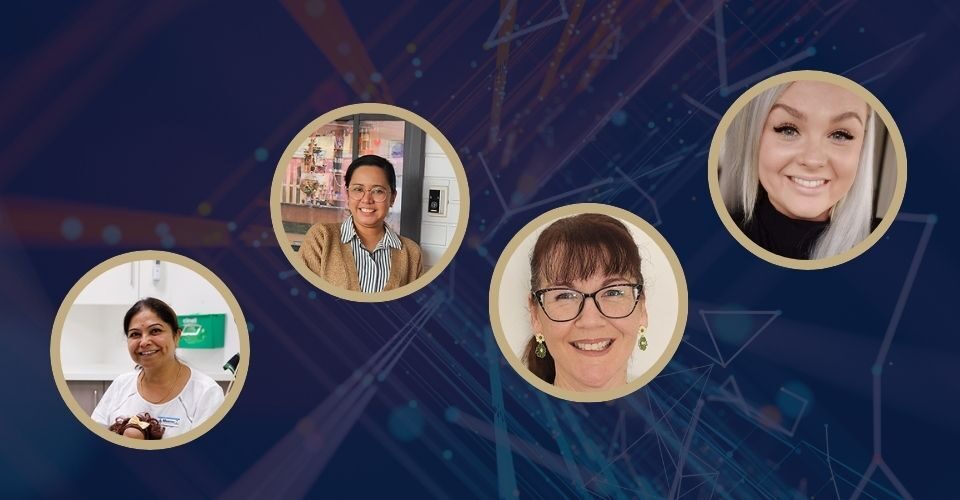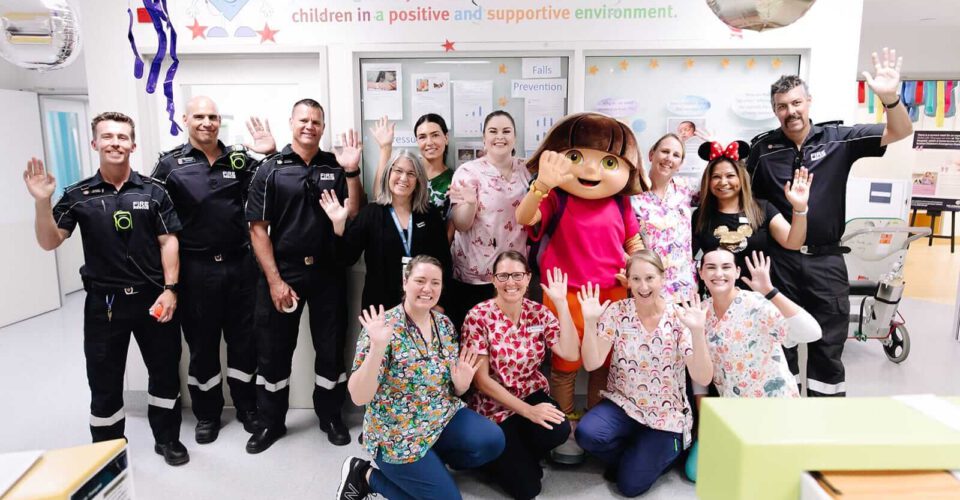Approximately 1 in 5000 people are affected by Marfan syndrome globally, and it may be hard to detect as the signs and characteristics can differ from person to person.
Marfan syndrome can, however, lead to a range of serious or life-threatening complications for some, with a huge percentage of people with the condition experiencing problems with their heart and blood vessels.
So, what exactly is Marfan syndrome, and how is it diagnosed? These are a couple of the questions we aim to answer in this blog.
What is Marfan Syndrome?
Marfan syndrome is a genetic disorder of the body’s connective tissue – the tissues that bind its structures together and offer internal support for organs.
Connective tissue is found throughout the body and, as such, Marfan Syndrome can impact several of the body’s systems, including the eyes (the ocular system), the nervous system, bones and ligaments (the skeletal system), the lungs (the pulmonary system), and the heart and blood vessels (the cardiovascular system).
Cause of Marfan Syndrome
The cause of Marfan syndrome is a mutation in the FBN1 gene, which provides instructions for making the protein fibrillin-1 – an important component of connective tissue.
Approximately 75% of people with the syndrome have inherited the genetic mutation from a parent with the disorder. The mutation can also occur spontaneously.
Those with the syndrome have a 50% chance of passing the mutation on when they have a child.
Marfan syndrome can affect males and females of all races.
How Marfan Syndrome can affect different bodily systems
*It’s important to note that while some people may have traits listed below, testing by a range of medical professionals is needed before a formal diagnosis is made*
There are a range of features seen in people with Marfan Syndrome. In saying that, the condition affects everyone differently – so some may experience extreme complications while others only experience mild impacts.
Below, we outline several ways the genetic condition can affect those diagnosed.
- Skeletal system characteristics that may occur include:
- Often people with the syndrome are tall with disproportionately long limbs.
- Abnormal spinal curvature – scoliosis or kyphosis (hunched back)
- Lower jaw recedes
- Breastbone protrudes or has an indent making the chest appear sunken
- Cardiovascular system: approx. 90% of people with Marfan syndrome experience heart and blood vessel changes that can lead to serious or life-threatening problems. The syndrome typically impacts the aorta (the main blood vessel that carries blood away from the heart) and the mitral valve. Conditions experienced by those with Marfan syndrome include:
- Aortic dissection – a tear between the layers of the aorta and the blood flowing between the layers can cause a rupture or aneurysm
- Aortic dilation (enlarged aorta) and aortic aneurysms (bulging sides of the aorta)
- Aortic regurgitation (blood leaks back into the heart as the aortic valve does not close completely)
- Mitral valve prolapse is when the valve flaps of the left atrium don’t close and instead flop back into the left atrium. It is also referred to as floppy valve syndrome.
- Eyes
- Dislocated lenses (when the lens at the front of the eye slips out of place. It can occur in one or both eyes).
- Astigmatism (an irregular curve of the lens or the cornea causing blurred vision)
- Severe near-sightedness or myopia
- Glaucoma (an eye disease that if left untreated may cause blindness).
- Retinal detachment (considered an eye emergency and if left untreated, may result in permanent vision loss or blindness)
- Amblyopia (normal vision doesn’t occur in one eye, sometimes referred to as a “lazy eye”)
- Strabismus (eyes pointing in different directions and may result in “crossed eyes”)
- Cataracts developing at an earlier than normal age
- Lungs
- Deformities of the breastbone can interfere with the lungs’ ability to expand
- Pneumothorax (the air in the lung escapes into the inner lining of the chest, creating an abnormal collection of air between the chest wall and the lung. This can lead to a partial or complete collapsed lung.)
- Asthma
- Sleep apnea (disordered breathing during sleep)
- Skin
- Stretch marks can occur at an early age and/or without weight change
- Nervous system
- More than 60 % of people with Marfan Syndrome have Dural ectasia – enlargement of the membrane surrounding the central nervous system. It can lead to headaches, stomach, leg and back pain.
Diagnosing Marfan Syndrome
While people are born with this genetic mutation, the features of the disorder may not be apparent straight away, and they tend to progress as people age.
At present, there is no test that definitively concludes that a person has the syndrome. Therefore, several specialists, including ophthalmologists, cardiologists, geneticists and orthopaedic surgeons, come together to perform a coordinated and detailed assessment. These physicians should be experienced with the syndrome to provide an accurate diagnosis.
Testing by the above specialists typically consists of:
- an Electrocardiogram (ECG)
- History and physical examination,
- Echocardiogram
- Detailed family history by a genetic counsellor,
- Eye examination by an ophthalmologist,
- Skeletal assessments by a geneticist (+- Hip X-ray and/or MRI).
- Consideration of screening for theFBN1 gene,
Marfan and Aortopathy Conference Brisbane 2024
On Saturday, April 20, a special conference at The Prince Charles Hospital in Brisbane aims to raise awareness of Marfan syndrome, aortopathy and associated conditions.
Leading specialists are coming together for this event that is tailored to people affected by these conditions.
You can find more information here.









